Women who pole dance to gain self-confidence. Women who carry bundles of brooms or a basket on their heads. Women who ride horses and women who ride motorcycles. Women who fight fires. And a woman who wears a hijab over her hair and sparring gloves covering her knuckles.
These are some of the people that Mihaela Noroc has photographed for the past five years.
With her backpack over her shoulders, the 32-year-old Romanian has traveled to more than 50 countries, including Afghanistan, Iraq and North Korea, capturing vibrant images of women old and young, rich and poor – and often conversing with them, too.
“I really try to focus on women’s stories, how they face challenges and overcome them,” she said.
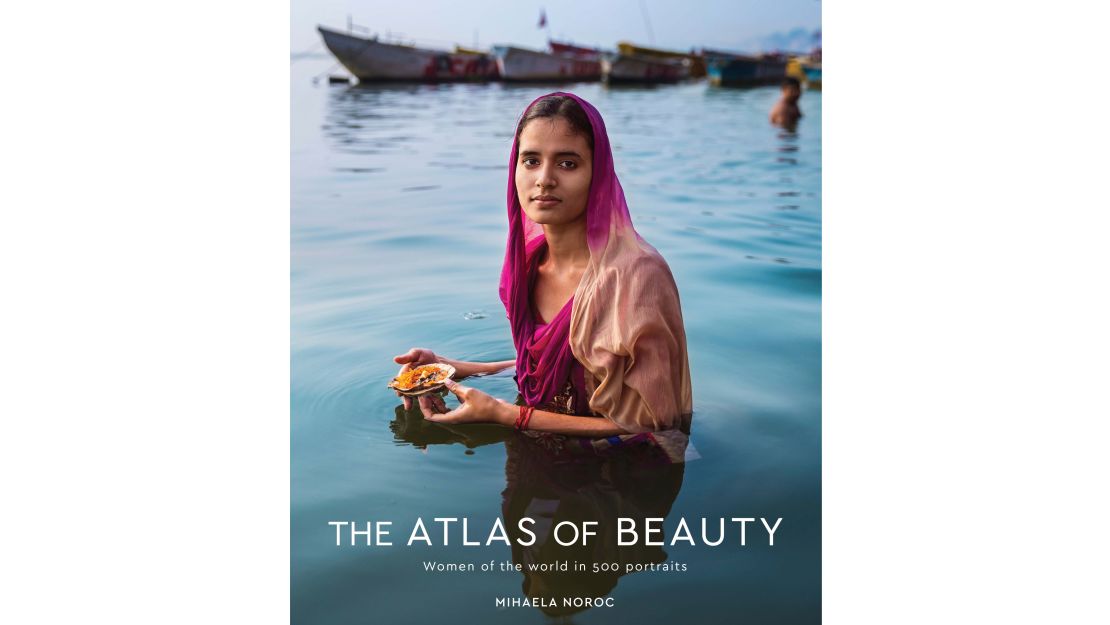
Now she has compiled a book, published by Ten Speed Press/Penguin Random House, brimming with her photographs.
“The Atlas of Beauty: Women of the World in 500 Portraits” evolved from her thesis that all women are beautiful and strong, despite the many kinds of struggles and discrimination they face.
Awed by “beauty and diversity”
Noroc experienced some struggles of her own to launch her adventure.
It started when she had an epiphany during a 2013 vacation in Ethiopia, where she was awed by the “beauty and diversity” of the country’s female inhabitants, whether living on traditional tribal lands or in modern cities.
Inspired, she quit her unsatisfying job in television production to pursue a dream that started at age 16, when her father, a painter, gave her a used camera as a gift.
Even then, she said, “I was drawn to taking pictures of my sister and my mother. I just don’t know how to photograph men.”
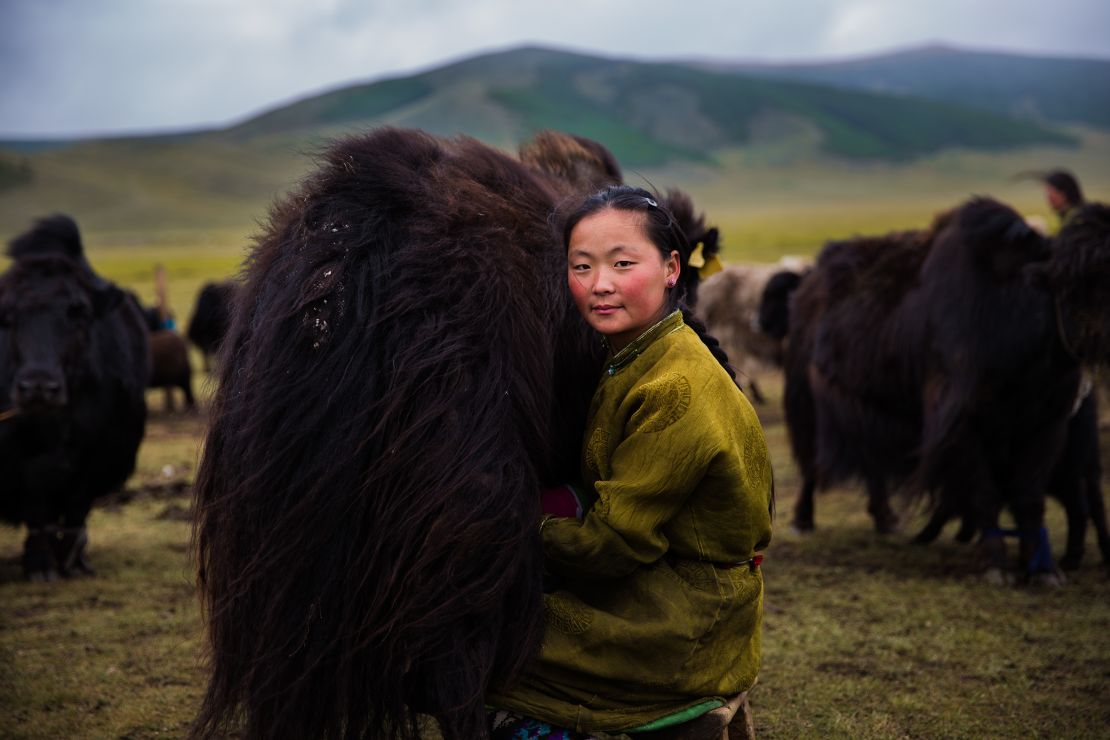
Noroc lived on her savings for a year, establishing a strong social media presence that led to a successful crowd-funding campaign.
When a book agent discovered her on Facebook – one of her videos had 22 million views – she was on her way to more support for wider travel. She found that the kinships among women are as numerous as their divergent lifestyles.
“Women from different parts of the world have something in common, a thread that makes them wind together,” she said on the phone from Berlin, where she was about to leave for her home in Bucharest before flying to Asia to shoot more pictures for a likely second book. “One of my purposes is to show that we are all connected, even if we are different.”
People are “extremely open”
Consider the pole dancers.
They share a two-page spread in Noroc’s book. One lives in Cairo, another in West Jerusalem, the third in New York. All are instructors and face the camera head-on in their street clothes, not exercising on poles.
Ayelet, the Israeli, has received threats, Noroc writes in the book, and all have fought prejudice.
“To them, it’s more about empowerment and exercise and sports.”
Striking a more literal fighting stance, Ala, a student in Amman, Jordan at a self-defense school called She Fighter, raises her clenched fists while glancing defiantly at the camera, her face framed by a white hijab.
Noroc describes She Fighter as “the first self-defense school for women in the Arab world,” and writes, “When I entered their studio, I discovered an amazing initiative and a splendid sisterhood.”
Women often turn her down, she said, sometimes because of legitimate fears of retribution. Some look her up first on their computers or phones. Others welcome her interest.
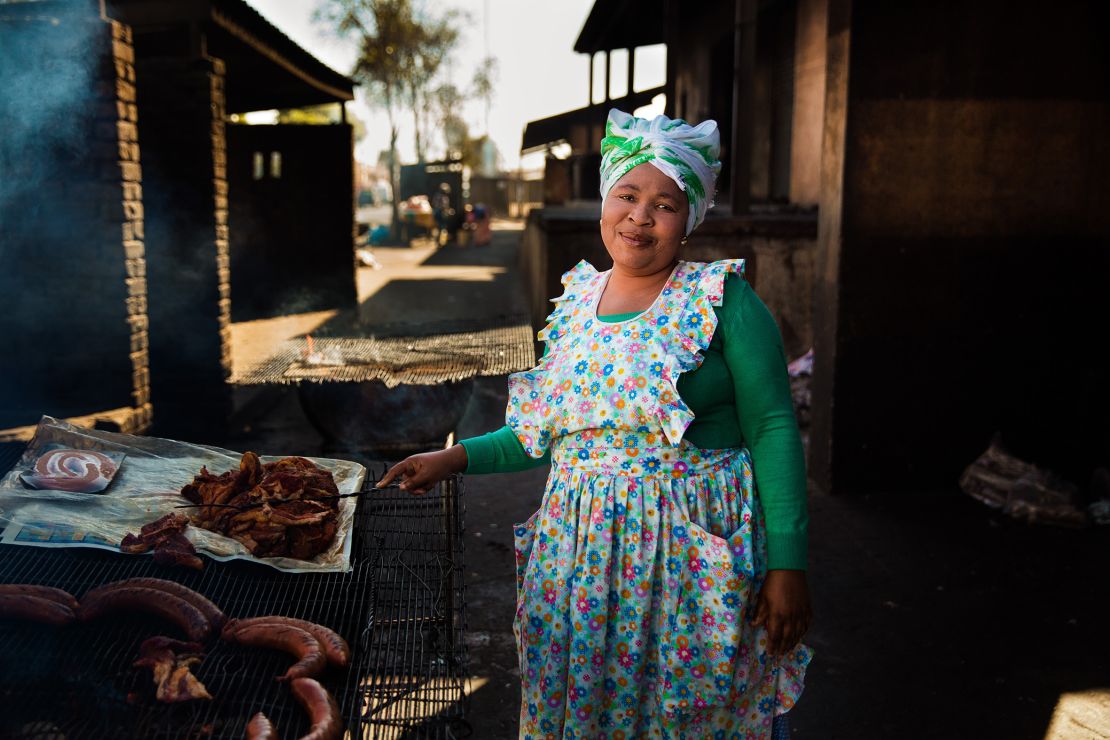
“In Afghanistan, people were extremely open,” she said. “It was a big contrast to what I expected.”
She traveled to the remote Wakhan Corridor where, she said, women had “a little more freedom. People were taking me into their houses. They were extremely happy to see foreigners. It gave them a sense of normality. It was important for them to see their country on the right path. It was a sign of peace.”
One photograph there shows a stunning young woman with translucent eyes, ruddy cheeks and a firm mouth, wearing a colorful dress and head covering as she sits in the vast green field where she was working.
The violent conflicts that surround her village, Noroc writes, “made it impossible for her to improve her life.”
In war-torn countries, a willingness to speak
Women in other war-torn countries also surprised her with a willingness to pose and to talk about themselves. In Sulaymaniyah, Iraq, she found Nma, a pensive young woman with long dark hair, who had converted to Zoroastrianism, explaining “Zoroastrianism is our ancient religion and for me, as a Kurd, this is like a return to origins.”
In Tehran, Iran, she met Farnoush, with hair parted in the middle and dangling silver earrings, who “lives in two worlds. In one she is an economist, by profession. In the other, she is an artist, because this is her passion.”
North Korea, some might think, would be most difficult of all to penetrate.
“No, it was very easy,” she said. “Before I went, I talked with travel agents. They take care of everything.” The government okayed her project and local guides were very accommodating. “I went in thinking if I got one person I would be lucky, but I came out with 25 or 40.”
She always works alone, to avert suspicion and engage with people more easily, she said. She speaks Romanian, English, Spanish, French and Russian, and can get along in Portuguese and Italian.
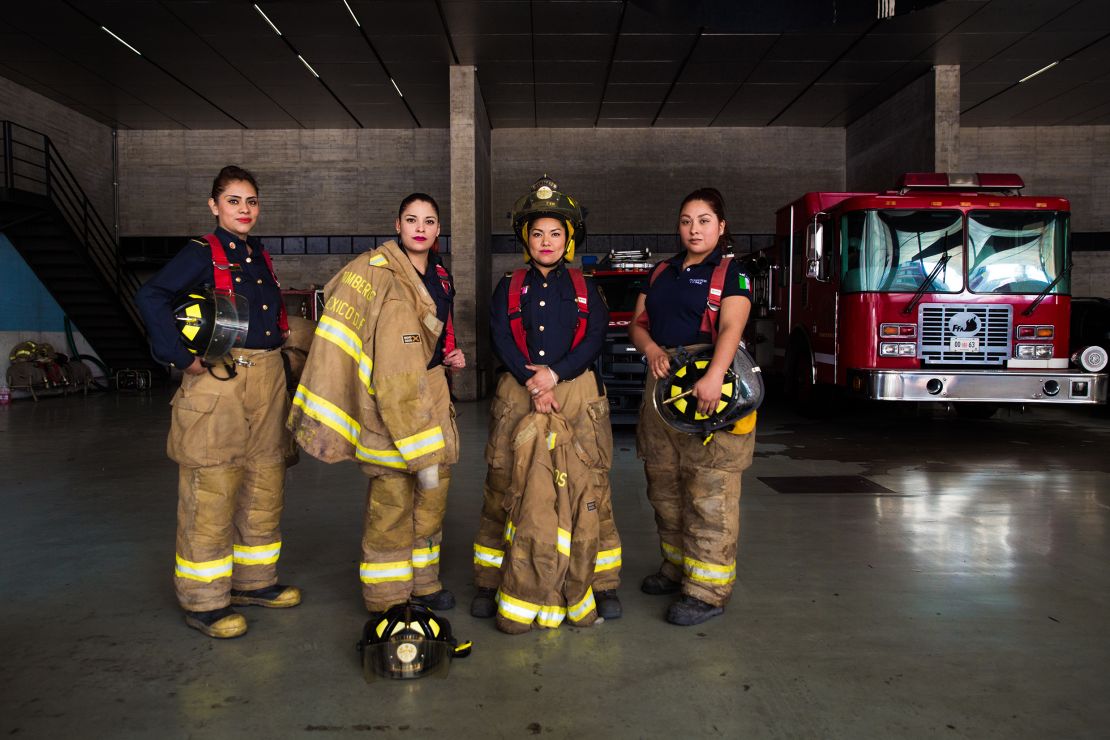
Sometimes she gets help from local women who follow her on Facebook, where she announces her next stops. One of the four firefighters who posed for her in their uniforms in Mexico City had invited her to stop by and photograph them, she said.
Several other pictures also show groups, like the seven joyful musicians of many ages in traditional garb who lined up for her along a riverbank in Salvador de Bahia, Brazil.
A woman on a horse in Peru’s Colca Valley, leading a group of men to a celebration, smiles proudly for the camera. Another woman, in Jodhpur, India, gives Noroc a sly, almost winking smile as she balances on her head a batch of brooms that she hopes to sell.
It’s a surprise to learn that, nomadic as she is, Noroc is married to a man she met when she was 18.
“He’s my magician,” she said. A script writer with a flexible schedule, Stefan Marinescu deals with the logistical and bureaucratic aspects of her travels and sometimes accompanies her (though not when she out scouting for portrait models).
She can’t imagine doing anything else but continuing to photograph and gather stories. “I’m extremely privileged. I feel like a big house of luck just fell upon me.”
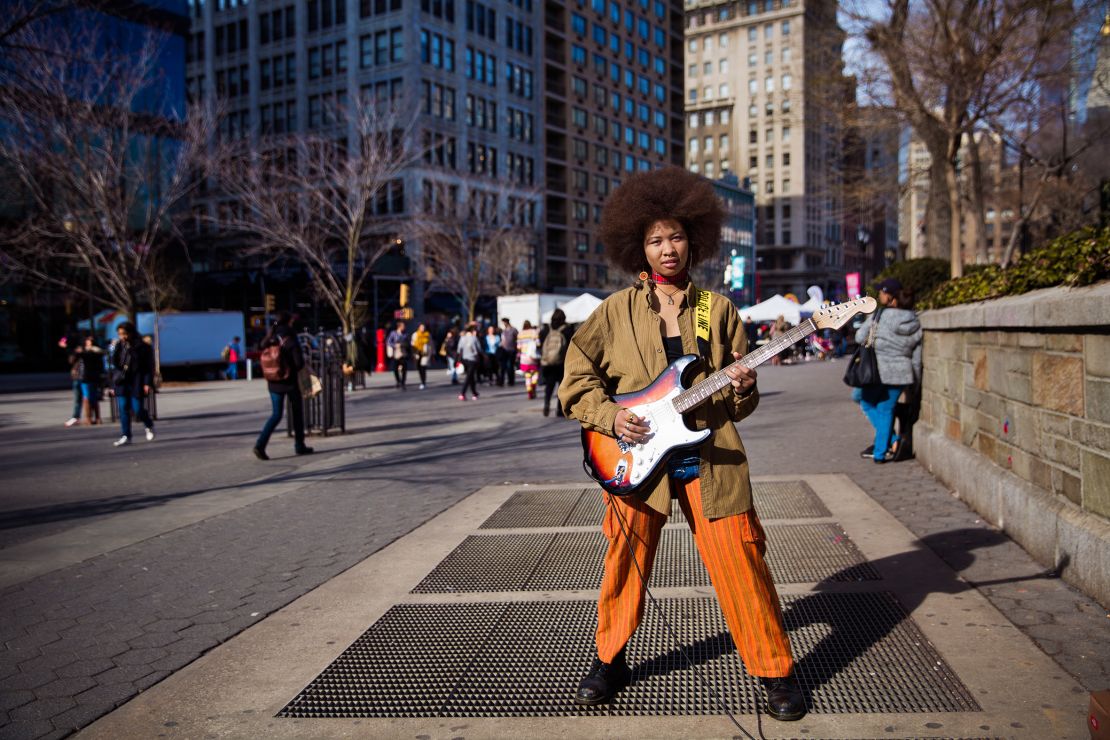
Freelance writer Aileen Jacobson writes for publications including the New York Times, Newsday, AudioFile and Lilith. Follow her on Twitter @aileenj.

















![<strong>Paris, France: </strong>"Anja is Belgian with Polish origins and dreams [of competing] in the Paralympic Games."](https://media.cnn.com/api/v1/images/stellar/prod/180302163611-17-atlasbeauty.jpg?q=w_3631,h_2043,x_0,y_0,c_fill/h_447)
